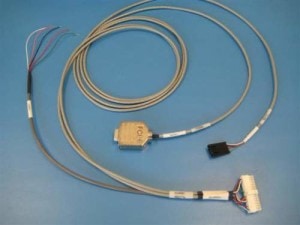In today’s fast-paced world, one of the fastest moving markets in terms of new products and designs is the electronics industry. Due to the fast pace, and continual changes, there is always a risk of components and products becoming obsolete. There can be many reasons for this – the technology can change, consumer trends may shift, or a new product may be released, making the existing one obsolete.
Obsolescence can be a problem for electronics manufacturers. It can result in wasted time, money and efforts. If the product has truly become obsolete, production may stop altogether. All of these can negatively affect a business.
So, is there anything manufacturers can do to reduce losses, and prevent the obsolescence of components? Read on to find out more.
Obsolescence Management Steps
Given below are a few tips that your organization can use to manage obsolescence.
- Analyze the BOM: An important step is to take your Bill of Materials (BOM), and divide it into manageable sections. You should be able to look at each component, and analyze each part separately. You can remove any custom components that are rarely used.
- Filter Low Risk Components: Low risk components refer to those off the shelf products that are easily available in the market. This will allow you to focus more on the high risk components.
- Assess Risk of Obsolescence of Other Components: The third step involves risk analysis. You need to study each remaining part, whether they are critical to the device’s operation, and what the probability of obsolescence may be. You can use risk analysis tools to complete this task.
- Prioritizing Components: Once the risk assessment is complete, you need to again divide your components. This time, they need to be divided with ratings from low to ultra high risk. This will allow you to rank the components in your BOM and manage their purchases accordingly.
- Deploy Mitigation Strategies: Based on the component ratings, you can employ the corresponding mitigation strategy.
- Ultra High: Strategies can include redesigning, system upgrades or component replacements.
- High: Additional research should be performed to confirm whether the component will become obsolete in the future.
- Medium: The component position in the market should be monitored for possibilities of obsolescence.
- Low: Implementing any strategy for obsolescence would be too expensive for these types of components.
Once this process has been completed, you can perform these steps once every six months. It will allow you to stay on track with the components you are sourcing and using in your production processes.

